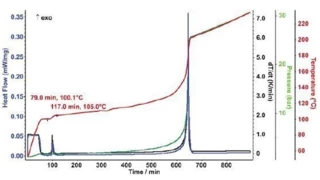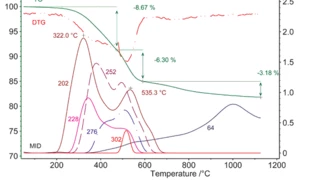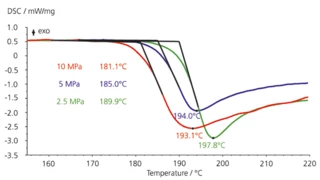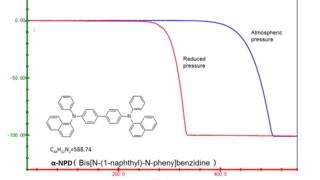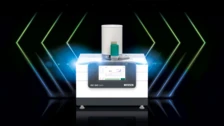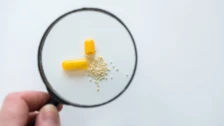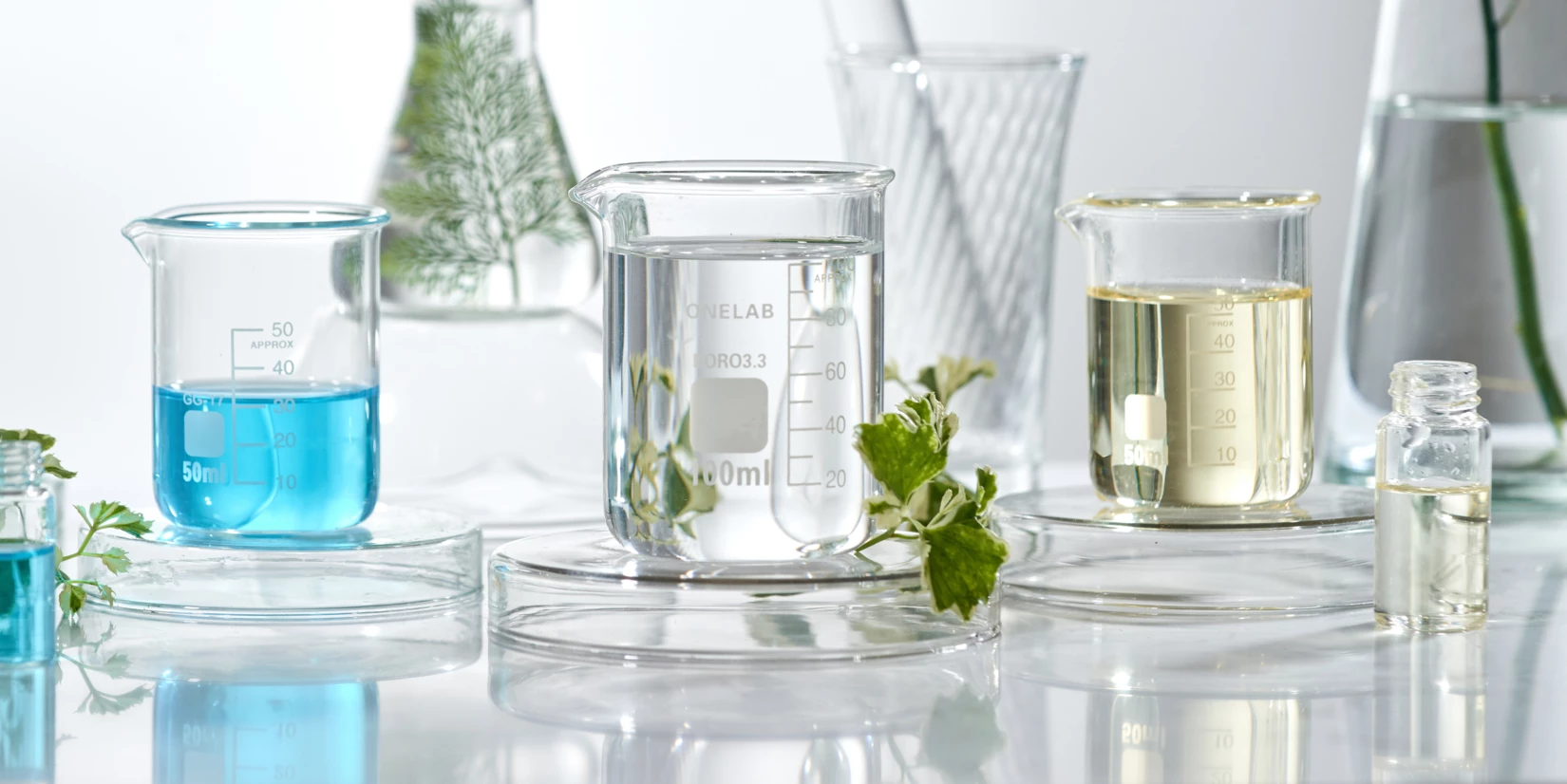
applications
Organics
DSC can be used to study the degree of purity of pharmaceutical active ingredients as derived from melting behavior, the OxidationOxidation can describe different processes in the context of thermal analysis.oxidation of fats and oils, or the curing of adhesives and powder paints as well as many other topics.
With TGA, information can be gathered about such topics as the denaturing of proteins, vapor pressure and solvent content of paints.
Using TMA and DMA, the coefficient of thermal expansion can be determined, and the penetration behavior and visco-elastic behavior of viscous fluids, pastes and powders can be described.
DEA can trace the flow properties of pastes and other masses, even during processing.
WithLFA, the thermal diffusivity even of melts and liquids can be measured and the Thermal ConductivityThermal conductivity (λ with the unit W/(m•K)) describes the transport of energy – in the form of heat – through a body of mass as the result of a temperature gradient (see fig. 1). According to the second law of thermodynamics, heat always flows in the direction of the lower temperature.thermal conductivity determined.
Степень чистоты лекарственных препаратов, полученная из теплоты их плавления, окисление жиров и масел, отверждение адгезивов и порошковых красок – это немногие из большого количества применений метода ДСК.
При помощи ТГ можно получить информацию о таких процессах, как денатурация белков, давление пара и содержание растворителя в красках.
Используя ДМА и ТМА можно определить коэффициент линейного термического расширения, а также оценить вязкоэластические свойства вязких жидкостей, паст и порошков.
ДЕА поможет определить параметры течения жидкостей и других масс, в том числе во время переработки.
С помощью ЛФА можно определить температуропроводность и вычислить теплопроводность расплавов и жидкостей.
Application Literature

